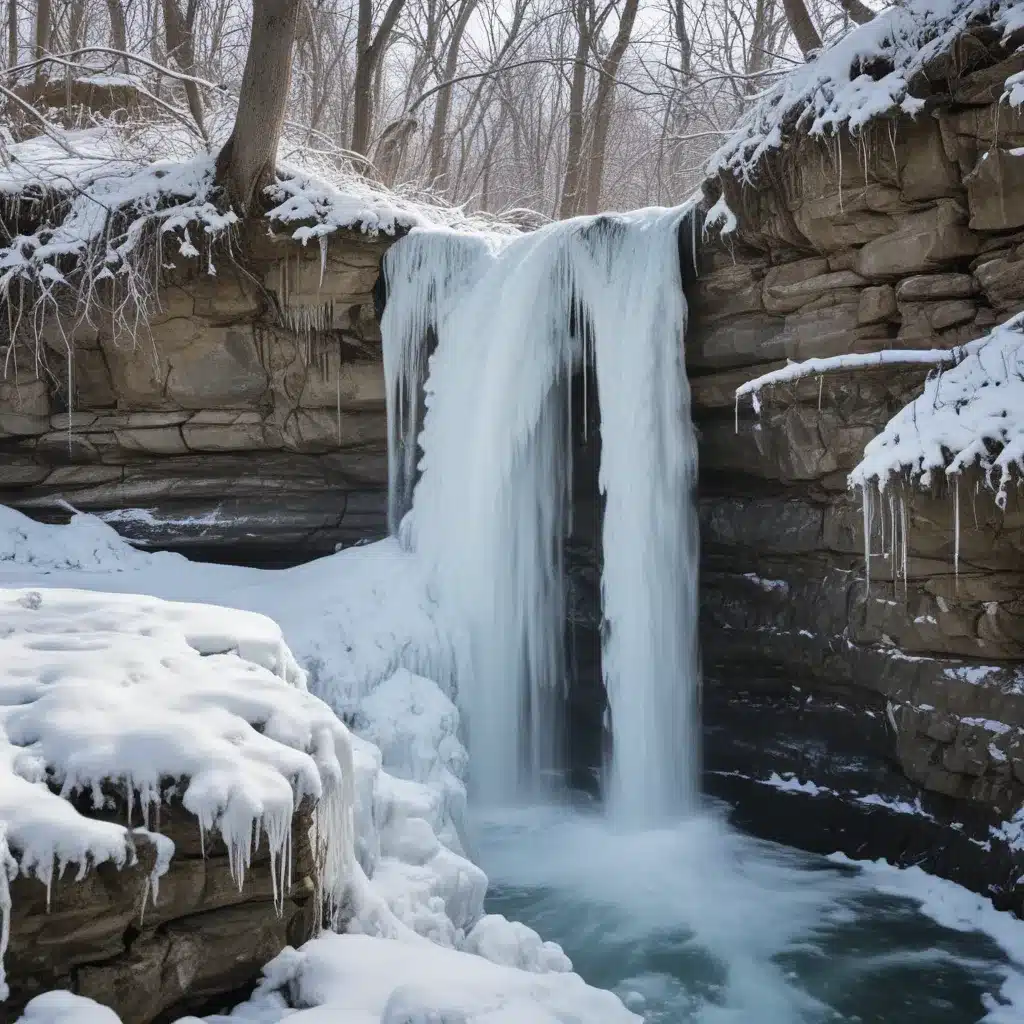Slipping and Sliding Towards Disaster
Ah, the joys of winter – the crisp air, the twinkling lights, the…agonizing fear of taking a tumble on the ice. As a resident of Nottingham, UK, I’ve had my fair share of icy mishaps over the years. One particularly memorable incident occurred a few winters back, when I was rushing to a client meeting at Adam Cleaning.
I’d woken up late that morning, and as I hurried out the door, coffee in hand, I completely misjudged the icy patch on my front steps. Before I knew it, I was airborne, my limbs flailing like a newborn giraffe. Thankfully, I landed on my rear end rather than my head, but the shock and embarrassment were enough to leave me shaken for the rest of the day.
Unfortunately, my experience is all too common, especially for the elderly population in our community. According to the National Institute on Aging, more than one in four older adults experience a fall each year, with many of these incidents leading to serious injuries like broken bones.
As the owner of a cleaning service company in Nottingham, I’ve seen firsthand the devastating impact that icy falls can have on our clients and their families. That’s why I’m determined to do everything in my power to help prevent these accidents from happening in the first place.
Staying Upright: The Importance of Proper Footwear
One of the most important steps in avoiding icy falls is to ensure you’re wearing the right footwear. According to the Northern Ireland Direct government website, the key is to choose shoes or boots with slip-resistant soles.
Now, I know what you’re thinking – “But Adam, my favorite pair of loafers look so stylish!” And I get it, we all want to look our best. But when it comes to navigating the icy streets of Nottingham, function has to take priority over fashion.
Think about it this way: would you rather spend the day hobbling around in designer heels, or gliding effortlessly to your destination in a sturdy pair of snow boots? The choice seems pretty clear to me.
In addition to slip-resistant soles, it’s also important to make sure your footwear is properly fitted and in good condition. Worn-down treads can be just as treacherous as a sheet of ice, so be sure to replace your shoes or boots when they start to show signs of wear and tear.
Staying Grounded: The Art of Walking on Ice
Of course, even the most well-equipped footwear won’t be enough to keep you upright if you don’t know how to walk on ice. It’s a delicate dance, and one that requires a certain level of finesse.
The International Association of Structural Movers recommends taking slow, deliberate steps and keeping your center of gravity low. Imagine you’re a penguin waddling across the tundra – that’s the kind of mindset you want to adopt.
It’s also important to be mindful of your surroundings and potential hazards. Steer clear of black ice (that invisible, incredibly thin layer that’s almost impossible to spot) and stick to well-lit areas where you can clearly see the path ahead.
And if you do feel yourself starting to lose your balance, don’t panic! Instead, try to land on your bottom rather than your hands or head. It may not be the most graceful solution, but it’s a lot better than a broken wrist or a concussion.
Lending a Helping Hand: Protecting the Elderly
As I mentioned earlier, the elderly population is particularly vulnerable to icy falls, and it’s our responsibility as a community to look out for them. Whether it’s a parent, grandparent, or neighbor, there are plenty of ways we can lend a helping hand.
One simple yet effective solution is to offer to run errands or do chores for the elderly people in our lives. According to the International Association of Structural Movers, doing things like grocery shopping or shoveling snow can go a long way in reducing their exposure to icy conditions.
We can also help by ensuring their homes and outdoor spaces are well-maintained and free of potential hazards. This might involve installing handrails, clearing walkways, or even hiring a professional cleaning service like Adam Cleaning to keep things spick and span.
Remember, even the smallest gestures can make a big difference in the life of an elderly person. By taking the time to look out for our most vulnerable community members, we can help prevent countless icy falls and the heartache that often comes with them.
Staying Safe, Staying Strong
At the end of the day, the key to preventing icy falls is a combination of vigilance, preparation, and good old-fashioned common sense. By choosing the right footwear, mastering the art of walking on ice, and looking out for our elderly neighbors, we can all do our part to stay upright and safe this winter season.
And who knows, maybe with a little practice, we’ll even be able to pull off a graceful ice skating routine worthy of the Olympics. Or, at the very least, avoid the embarrassment of a sudden, unceremonious plopping onto our backsides. Either way, it’s a win-win in my book.
So, let’s raise a mug of hot cocoa to a winter filled with fewer trips to the emergency room and more time spent enjoying the beauty of the season. After all, there’s nothing quite like the thrill of gliding effortlessly across a frozen pond, without the fear of taking a tumble and ending up on the nightly news.







